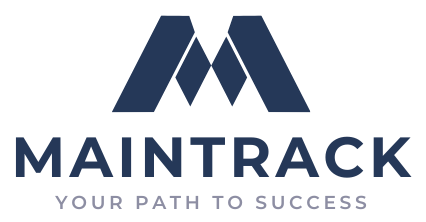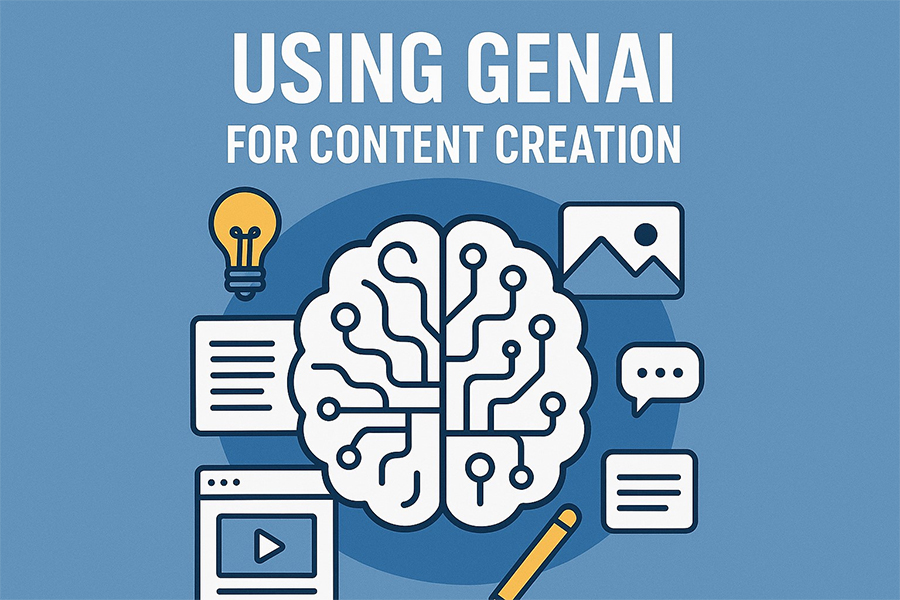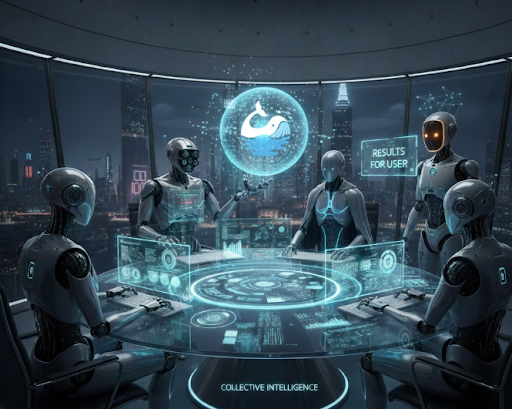Generative Artificial Intelligence (GenAI) has rapidly emerged as one of the most transformative technologies in digital content creation.
According to Sharad Agarwal, CEO of Cyber Gear, “By leveraging advanced machine learning models, particularly large language models (LLMs), GenAI can generate human-like text, images, audio, and even video. For businesses, marketers, educators, and creatives, this technology represents both a powerful opportunity and a disruptive shift in how content is produced, consumed, and valued.”
The Rise of GenAI in Content Creation
Traditionally, content creation required significant human effort—researching, drafting, editing, and designing. This process was time-intensive and often resource-heavy. With GenAI, many of these tasks can now be accelerated or automated. Platforms like ChatGPT, Jasper, Writesonic, and Copy.ai are capable of generating blog posts, ad copy, social media captions, newsletters, and even technical documentation in minutes.
The adoption of GenAI in marketing and media has skyrocketed because it offers:
Speed: Content that once took days can now be drafted in seconds.
Scalability: Businesses can create large volumes of personalized content tailored for diverse audiences.
Cost Efficiency: Reduces reliance on large teams for repetitive or low-value writing tasks.
This democratization of content production means that even small startups and independent creators can compete with larger enterprises in digital visibility and engagement.
Key Applications of GenAI in Content Creation
Blog and Article Writing
GenAI tools can generate full-length articles on virtually any topic. These drafts serve as strong foundations, allowing human writers to refine tone, inject creativity, and ensure factual accuracy.
Marketing and Advertising Copy
From catchy taglines to persuasive product descriptions, AI excels at producing variations of ad copy. This allows marketers to A/B test messaging quickly and find the most impactful campaigns.
Social Media Content
Maintaining consistent engagement across platforms like Instagram, LinkedIn, and X (Twitter) can be daunting. GenAI can generate captions, hashtags, and even ideas for video scripts to streamline the process.
SEO Optimization
AI-powered tools can suggest keywords, meta descriptions, and content outlines optimized for search engines, improving organic reach without requiring deep technical SEO expertise.
Visual and Multimedia Content
Beyond text, generative AI models like DALL·E and MidJourney create compelling images, graphics, and illustrations, while tools like Synthesia and Runway produce AI-generated videos. This integration of multimodal content enhances storytelling.
Personalization at Scale
One of the strongest advantages of GenAI is its ability to tailor content for different customer personas. Whether through customized emails or personalized recommendations, businesses can enhance user engagement without additional manpower.
Benefits of Using GenAI for Content Creation
Efficiency and Productivity: Writers and marketers save time on repetitive tasks, focusing more on creativity and strategy.
Consistency: AI ensures uniform tone and style across multiple content formats and platforms.
Data-Driven Insights: Many GenAI tools integrate analytics to track performance and refine content strategies.
Accessibility: Language translation and simplification features make content accessible to broader audiences.
Challenges and Ethical Considerations
While GenAI provides unprecedented opportunities, it also introduces challenges:
Accuracy and Reliability
AI-generated content can sometimes contain factual errors or outdated information. Human oversight remains essential to ensure credibility.
Originality and Creativity
While AI can mimic human creativity, it lacks lived experiences, emotional depth, and genuine innovation. Over-reliance on AI risks producing generic or uninspired content.
Plagiarism and Copyright Concerns
Since AI is trained on vast datasets, questions arise about intellectual property rights. Some outputs may unintentionally replicate existing works.
Ethical Usage
Misinformation, deepfakes, and biased outputs are pressing concerns. Businesses must use AI responsibly to maintain trust with their audiences.
Job Displacement
As AI handles more content tasks, there are concerns about reduced demand for entry-level writers, editors, and designers. However, many argue that AI will augment rather than replace human creativity.
Best Practices for Leveraging GenAI in Content Creation
Use AI as a Co-Pilot, Not a Replacement: Treat AI-generated drafts as starting points. Human creativity and critical thinking should refine and finalize content.
Prioritize Fact-Checking: Always verify data, references, and claims generated by AI.
Maintain Brand Voice: Customize AI outputs to align with your unique brand tone and messaging.
Stay Transparent: Disclose when content is AI-assisted, especially in journalism or research-driven industries.
Balance Automation with Human Creativity: Use AI for efficiency while relying on humans for storytelling, empathy, and originality.
The Future of GenAI in Content Creation
Looking ahead, GenAI is poised to become an integral part of creative workflows. As models evolve, they will generate more accurate, context-aware, and emotionally intelligent content. Hybrid models that combine text, visuals, audio, and interactive media will transform digital storytelling into immersive experiences.
However, the human role will remain irreplaceable. The best outcomes will come from synergy—AI handling scalability and efficiency, while humans bring authenticity, critical thinking, and innovation.
Ultimately, generative AI is not about replacing creators but empowering them to do more, faster, and better. Businesses that adopt AI thoughtfully, with clear ethical guidelines and a commitment to quality, will thrive in the new era of content creation.
This article was created using AI!



